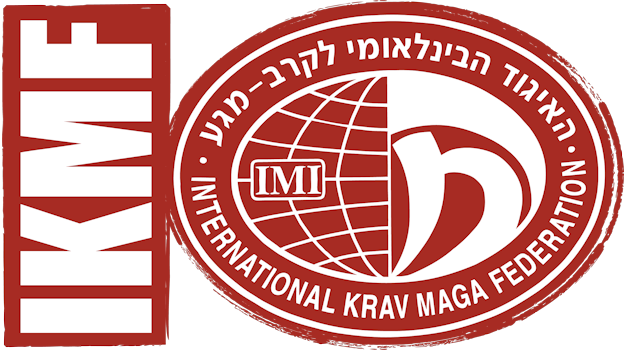By Avi Moyal
Krav Maga deals with fighting skills in close range as well as building the fighter's characteristics. Krav Maga is an essential component in the security guard / fighter's training and just like in fields of shooting and tactical fighting it has evolved and advanced through the years but never researched and consolidated as other fields were.
As in other training fields, there is a significance to limitations of resources, such as time, personnel skills, means and injuries in Krav Maga training.
Considering that, as well as the variable threats, a new thinking process is required, based on the gathered knowledge in the past years while working with special forces in Israel as well as overseas, and various security agencies.
The variety of threats and scenarios, forces the fighter / security guard to respond and behave according to circumstances, and not necessarily according to his job definition.
Due to that, the fighter / Security guard requires a diverse range of weapons and skills, which normally the organization cannot afford to train him, for lack of time. That is why the training must be derived from the foreseeable threat analysis and be assimilated on the base of principle rather than technique.
Conclusions:
- The Goal is to accelerate the learning process using innovative teaching based on principles rather than techniques, i.e.; switching from open skill to closed skill as fast as possible.
- Fighter's characteristics training must be separated from learning by principle, and the two will be combined only in the final drill.
- Krav Maga is the glue for combined practice of shooting, physical training and close range fighting.
LIST OF PRINCIPLES FOR TEACHING A PRINCIPLE
- Stop. Push. (Hand palm stop, defensive kick, wrist push).
- Direct attack block. (360, Block, third party attack block. Stick from the side).
- Divert & grab (vs. punch, vs. straight knife attack, vs. straight gun attack, third party).
- Stab vs. indirect heavy attack (stick from above, kick, audience pass through).
- Release from bear hugs (hit to the groin first in closed bear hugs, hit to the head in open bear hugs).
- Response according to timeline (escape, kick, defense, release, late release).
- Release from high bear hug from the rear (neck from the rear, knife from the rear, high bear hug from the rear).
- Release from chokes, plucking principle, and attack as soon as possible.(Choke from the front, side and rear).
- Release from grab using free hand, turn, cavalier, attack (shirt grab from the front, hand grab, shirt grab, choke in push, gun grab, stick, rifle).
SUGGESTED SYLLABUS BY TOPICS
The Syllabus is built from an obligating basic lesson units for each fighter / security guard and the option to expand if time allows or combine with enriching content.
- Basic stance for a security guard and tactical skills (ABS), passing crowd. Optional expansion to fighting skills and weapon grab prevention.
- Forward attacks only, in various ranges. Optional expansion to angles and more ranges, and different exit situations.
- Defenses, block, diversions from the front. Optional expansion to defenses using, diverted grab, stab or grab diverted.
- Teaching determination, aggression and courage.
- Combining defenses, blocks, diversions from all directions with aggression.
- Teaching related tactics according to unit fighting protocol.
- 5+6: Combining defenses, blocks, diversions from all directions with aggression, and correct tactical finish mode.
- Scenarios and simulations according to chosen M.O.
- Final test.
REMARKS
• Each unit is composed from 1.5 hours.
• Combining defenses vs. weapons is optional after stage 3.
